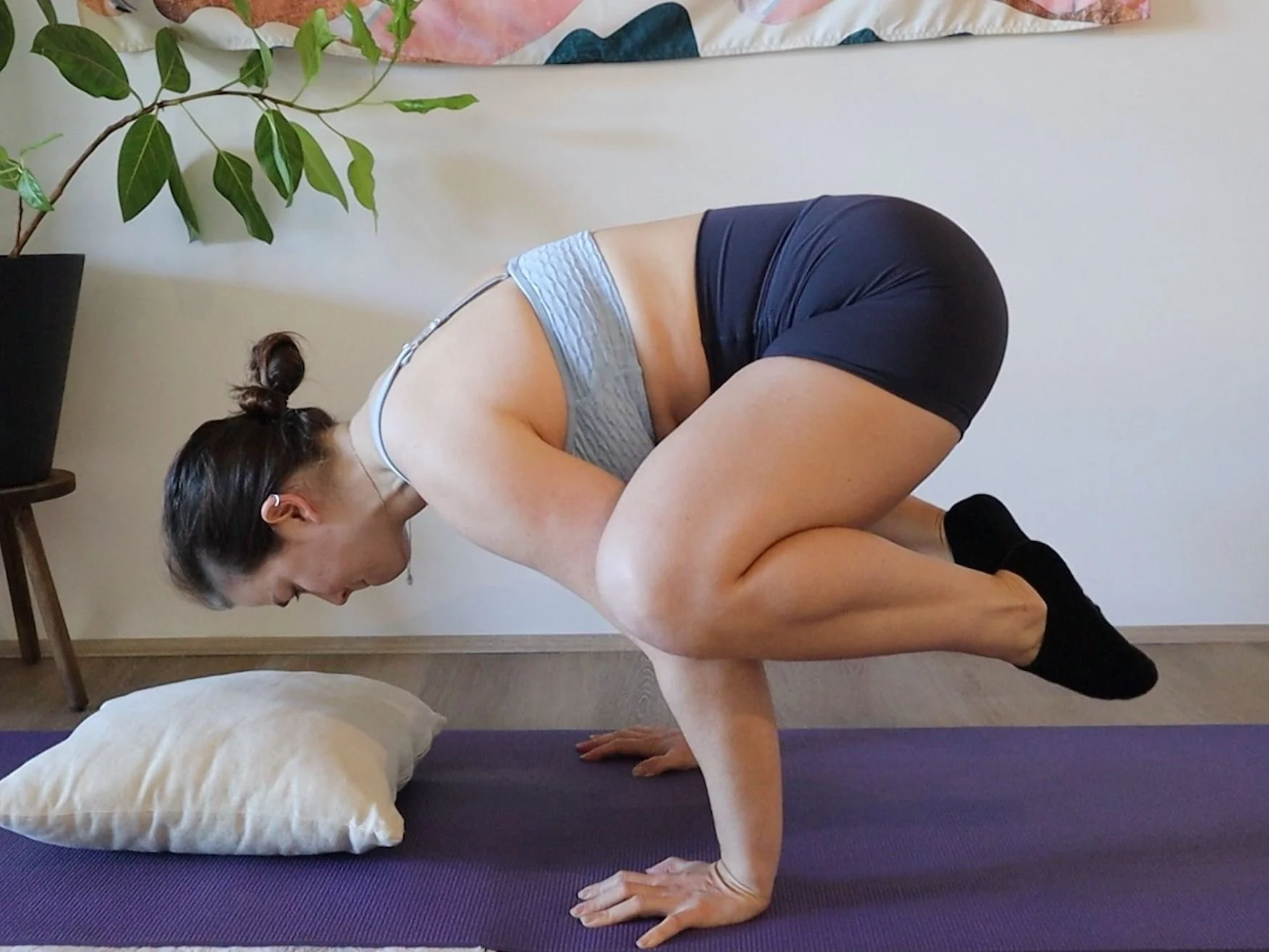🤸🏾How to Start Handstanding: A Complete Guide for Beginners
What Drills Should Beginners Do to Build Strength for Handstands?
When I first started my handstand journey, I quickly realized that building strength was the key to feeling confident and stable while balancing upside down. It's not just about throwing yourself into the air and hoping for the best—prepping your wrists, shoulders, and core is what truly sets you up for success. Imagine going into your first handstand attempt with strong, prepared arms, and wrists that are ready to support you. That’s the difference strength training can make, and it’s why I’m a big believer in solid foundations before diving into handstands. Let me share with you some essential drills that transformed my practice and can do the same for you.
Set yourself up for success - With Strengthening
There are 3 important parts of the body when it comes to handstands.
The shoulders
Wrists
Core (less important than the other 2 but still needed 😅)
Imagine if instead of feeling weak the first time you try a handstand, you had some confidence, your arms are strong and you feel comfortable getting weight on your arms and hands upside down. 🤩
I’m a big believer in prepping for things to help make the journey that little bit easier, and strengthening your arms, wrists, and core before attempting a handstand can make the world of a difference. These parts of your body bear the brunt of the weight when you handstand and provide stability when you’re balancing on your hands.
Without sufficient strength in your wrists, you risk injury as they’re not accustomed to supporting your body weight. Alongside that, strong shoulders are essential to maintain proper alignment and reduce the strain on your muscles. Part of this solid foundation is core strength, which helps to connect your upper body to your lower half. This will affect things like your balance and control which without, makes it harder to hold a handstand.
By focusing on these areas, you not only make the learning process smoother but also minimize the risk of injury, setting a strong foundation for your handstand practice.
Want to learn more about this in-depth and get some drills - read it here.
Learn to balance down low 🤫
One of the HARDEST parts of learning to handstand is the balance! When there are soo many other aspects to trying to handstand; squeezing the right body parts, trying to push through your shoulders AND thinking about balancing… well that’s a lot. 🙄
This is the most common problem my students face and when I first started teaching I found some drills to help this with this! This secret drill has helped people monumentally, before even going upside down. Introducing the froggy. Now this comes from yoga, except I didn’t learn it “from” yoga. My version is a little different but it doesn’t My fave drills to get people to do is a froggy hold, froggy tips and head donks (yes very professional name 🤣 I know)
These are hard to explain so I’ll let the visuals in this video do all that work here.
Learn body activations/body cues
Teaching for nearly 10 years, another aspect I’ve learnt along the way is helping students understand what they need to do with their body to be able to hold a straight handstand. Once again an incredibly confusing and complex part of handstands. 🤔
I learnt and adapted these from an incredible handstand teacher that taught me these. Body activations are essentially a way to breakdown and practice the body cues needed to hold a straight handstand, instead of being told to push through your scapulars and elevate them… when already in a handstand… huh 🤨 So instead of trying to do this already in a handstand, let’s do just that on the ground. Scapular pushes which are done on your hands and knees, helps you to isolate that part of your body and focus on doing the right thing!
There are a ton more body activations which can be found on this page.
Kicking up with technique & Falling out safely
Your throw your upper body at the ground and flail your wet noodle like legs into the air… only to end up back on the ground possibly hurting yourself in the process.
It’s so important that we learn the proper technique to kick up and to fall out safely otherwise injuries are very likely to happen especially when you first start out, not to mention making the journey longer than it should be towards getting that achievable handstand.
These drills are foundational for building the strength and body awareness required for handstands. Incorporate them into your practice regularly, and you'll gradually develop the stability and control needed to hold a handstand with confidence.
WANT to download all this information and save it! Grab my free handstand guide here






